In the heart of the ancient city of Jerusalem, a miraculous event unfolds every year on Holy Saturday, igniting hearts and illuminating the night sky—the Holy Fire Ceremony. So this awe-inspiring ritual, celebrated by Orthodox Christians, is a deeply cherished tradition that symbolizes the resurrection of Christ and the triumph of light over darkness.
Christian Quarter Ultimate Guide
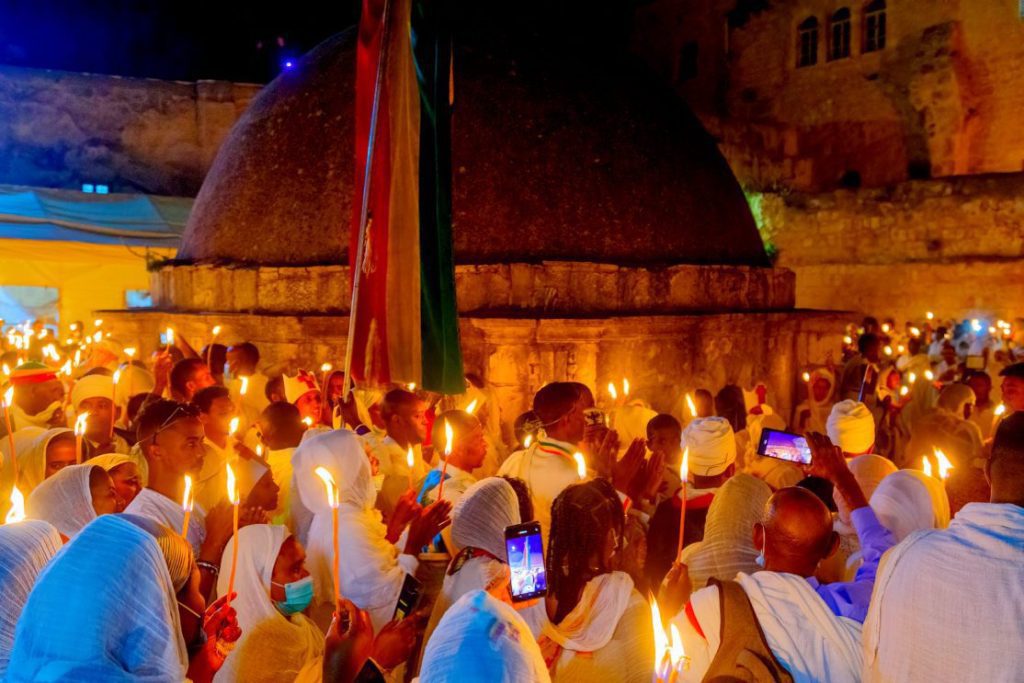
The Mystique of Holy Saturday:
So, as the sun sets over the Holy Sepulcher, the Church of the Holy Sepulcher becomes the focal point of anticipation. Pilgrims and believers gather in fervent anticipation of the divine spectacle unfolding. Furthermore, Holy Saturday, the day before Orthodox Easter, is a day of solemnity and preparation.
The Miracle of the Holy Fire:
So, as the moment of truth arrives, the Patriarch of Jerusalem, clad in ceremonial robes, enters the tomb of Jesus within the Church of the Holy Sepulcher. A celestial light miraculously emerges from within the tomb, representing the Holy Spirit’s descent. Moreover, the Patriarch appears with the Holy Fire, symbolizing the resurrection of Christ, and shares this divine light with the waiting faithful.
A Sacred Flame Passed On:
So, the Holy Fire is shared among the clergy and pilgrims, illuminating the darkness. This sacred flame is considered a miraculous gift from heaven, untouched by human hands. Furthermore, Pilgrims carry the Holy Fire back to their home countries, igniting candles and lamps in churches and homes to symbolize Christ’s triumph over death.
Mount Olives & Old City Jerusalem Tour
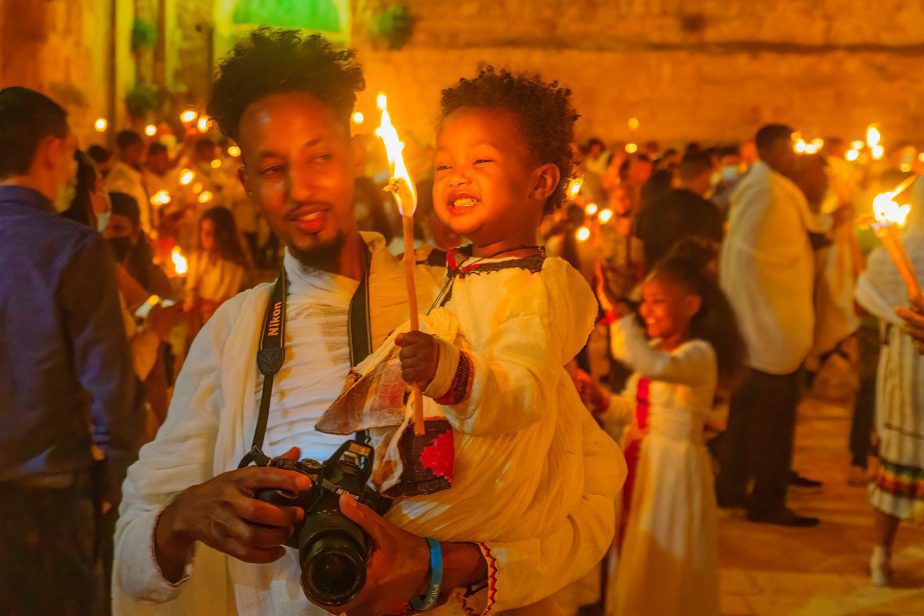
A Sea of Flickering Flames:
The Holy Fire Ceremony transforms the Church of the Holy Sepulcher into a sea of flickering flames. The darkness gives way to a mesmerizing light display, symbolizing Christ’s triumphant resurrection. The atmosphere is charged with reverence, awe, and an overwhelming sense of unity among the gathered faithful.
Church of the Holy Sepulcher
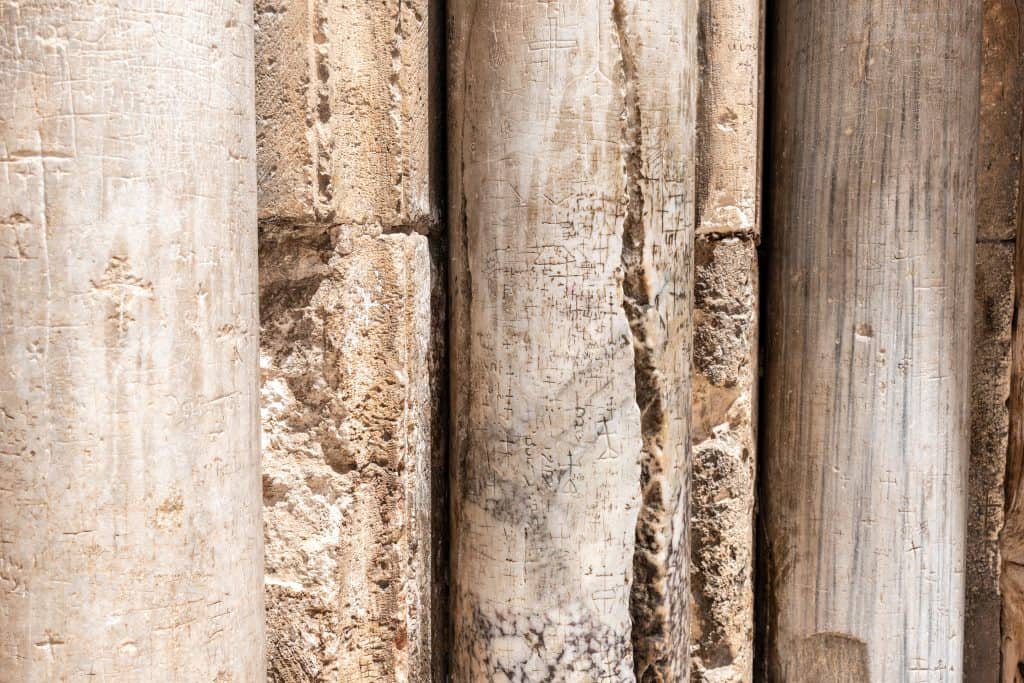
Holy Fire In Jerusalem – A Journey of Faith:
For Orthodox Christians, the Holy Fire Ceremony is a profound journey of faith and devotion. Pilgrims travel worldwide to partake in this sacred event, reaffirming their belief in the resurrection and the transformative power of Christ’s sacrifice.
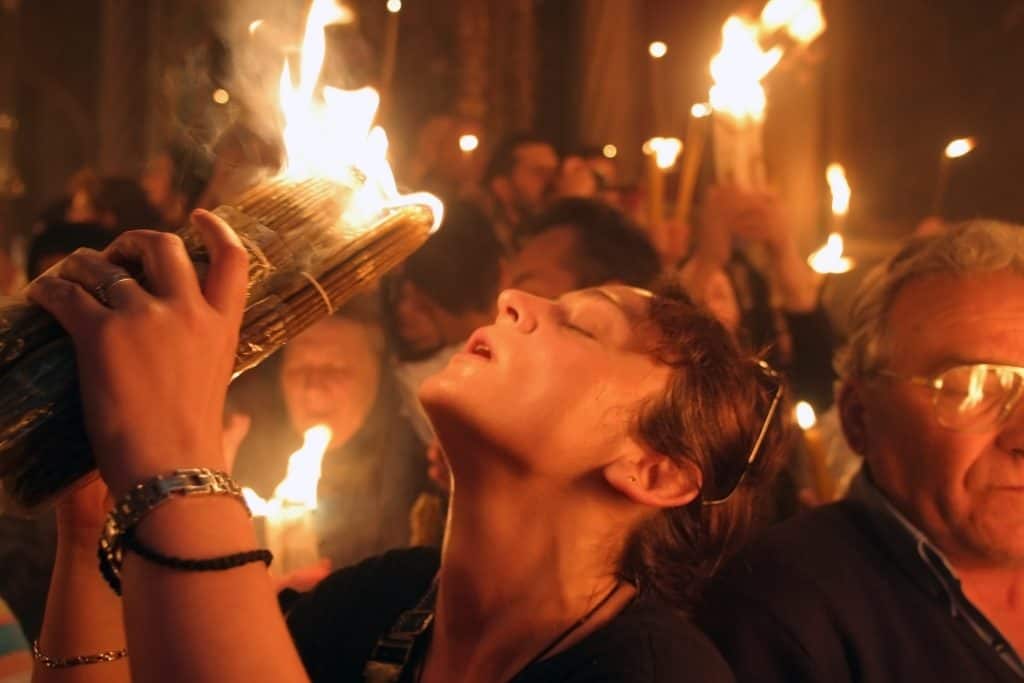
A Message of Hope:
Beyond its religious significance, the Holy Fire Ceremony carries a universal message of hope and renewal. This ritual is a powerful reminder that light, hope, and unity can triumph over adversity in a world often marred by division and darkness.
St. George Monastery
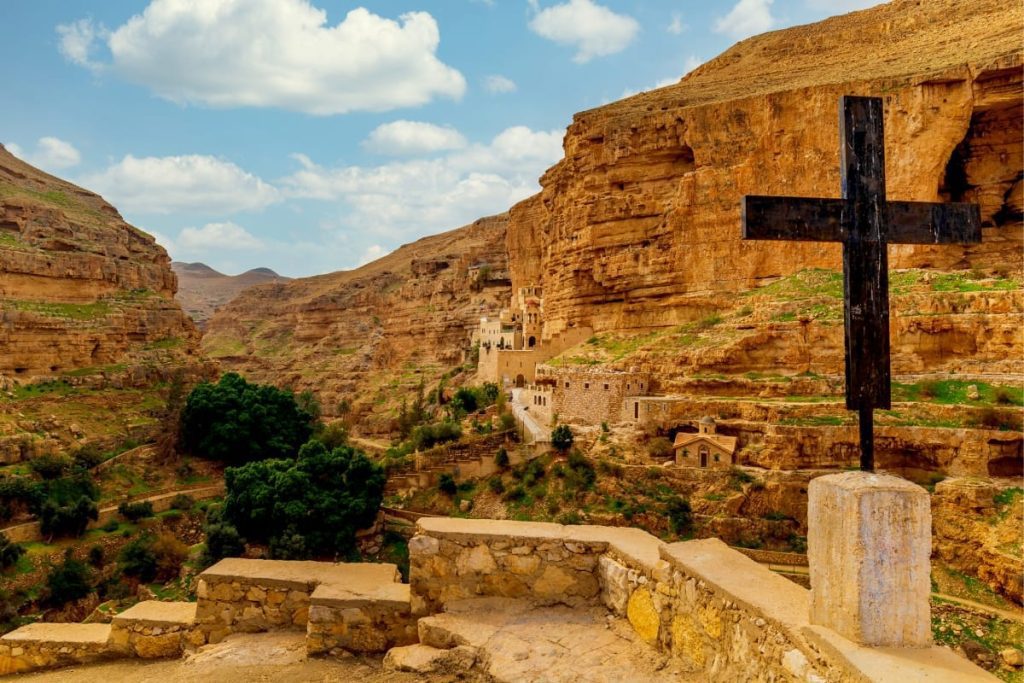
Experiencing the Divine Presence:
So, attending the Holy Fire Ceremony in Jerusalem is an experience that transcends words. It’s a moment when the sacred and the earthly converge, reminding us of the eternal truths that bind humanity together. The mesmerizing dance of flames ignites a spiritual connection that lingers long after the event concludes.
The Tomb of Jesus
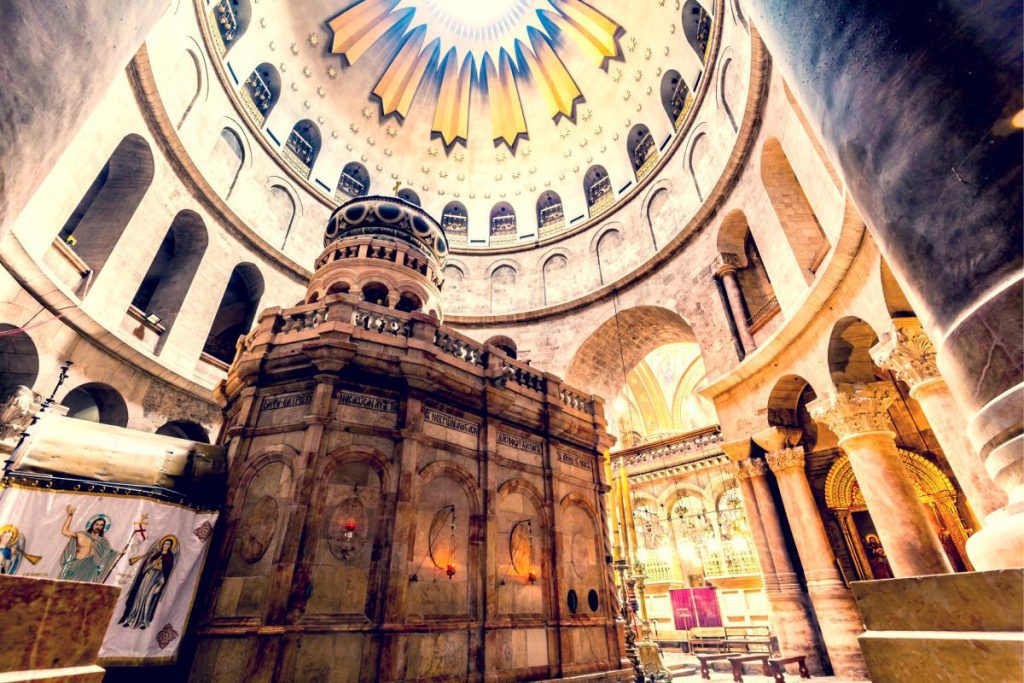
Witnessing the Miraculous:
Last, the Holy Fire Ceremony manifests the miraculous and the divine, a profound reminder that faith can transcend the boundaries of the material world. For those who witness the Holy Fire, it’s an opportunity to witness a spectacle encapsulating the essence of Orthodox Christian belief and the universal yearning for divine presence.
So, as the Holy Fire illuminates the darkness and spreads its light to believers worldwide, it leaves an indelible mark on the hearts of those who witness its miraculous descent. Ultimately, the Holy Fire Ceremony in Jerusalem is not merely an event; it’s an encounter with the ineffable, an immersion in the sacred, and a reminder of the eternal truths that guide humanity’s journey.







